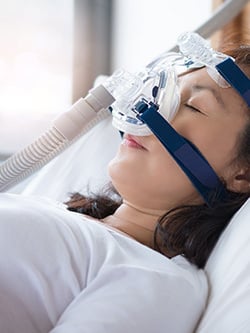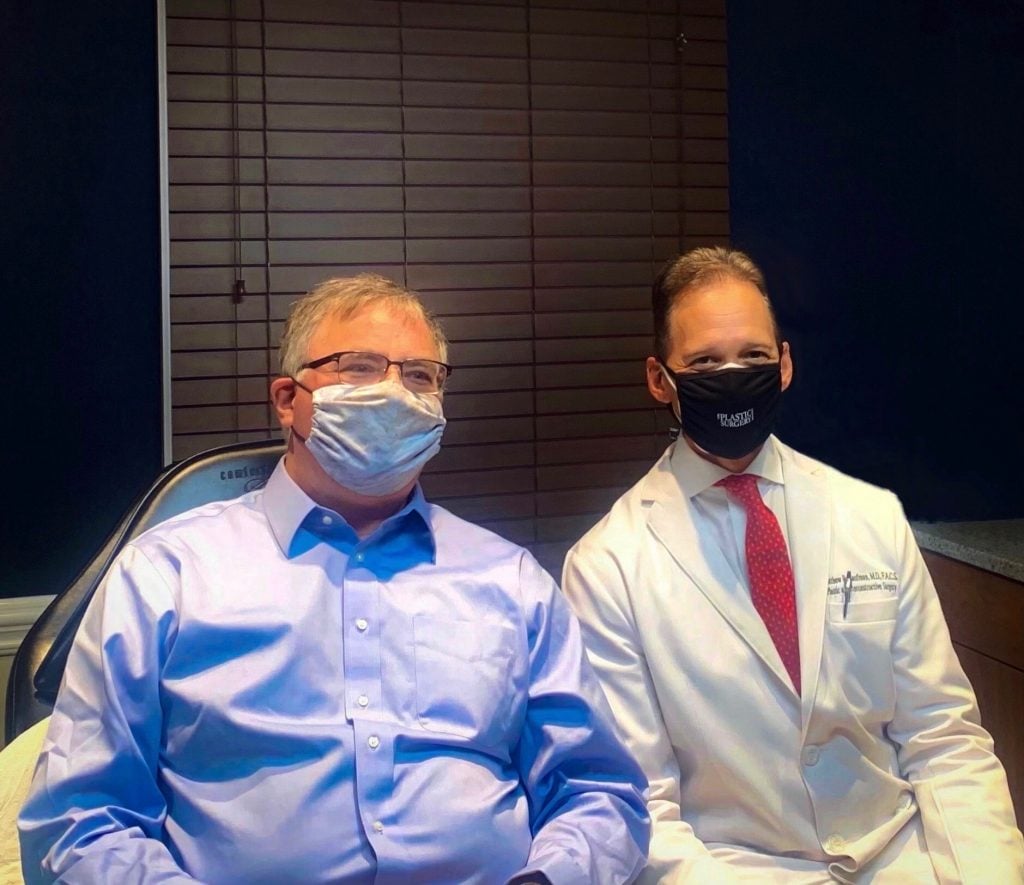Girl’s Lung Transplant Requires Diaphragm Paralysis Treatment
Specialized Treatment of Diaphragm Paralysis with Dr. Matthew Kaufman
Sarah Murnaghan, a 10-year-old from the Philadelphia area who had two adult-lung transplants after her parents sued to change national rules regarding organ donations, underwent surgery on July 2 to repair her diaphragm.
Following her second transplant, Murnaghan had to be put back on a ventilator because of diaphragm paralysis, which is a common complication that prevents the lungs from fully expanding. Contraction of the diaphragm muscle permits expansion of the chest cavity and inhalation of air into the lungs.
Diaphragm function is controlled by the phrenic nerve (located in the neck region), an injury that can occur from surgery in the neck and chest. Customarily, treatment options for phrenic nerve injury have been limited to either nonsurgical therapy or diaphragm plication (a surgery that pulls the diaphragm down to provide greater volume for lung expansion), neither of which attempts to restore normal function to the paralyzed diaphragm.
At the Institute for Advanced Reconstruction, in New Jersey, Dr. Matthew Kaufman has pioneered world-class treatment for phrenic nerve injury in order to reverse diaphragm paralysis. He has performed over 70 phrenic nerve decompressions and phrenic nerve transplants and has been successful at reversing diaphragm paralysis in 70-80 percent of those treated.
Patients come from around the world and the U.S.A. for this procedure, and range in age from 10 to 70+. Dr. Kaufman’s patients include Grace Doran, a 10-year-old New Jersey girl, and Tristin Loitz, a 12-year-old from Fairbanks, Alaska—both of whom have gone from trouble breathing to successfully resuming sports activities. Dr. Kaufman, who has published academic papers on the topic, and been featured in international conferences on the surgery, is the only known surgeon in the world to perform this procedure.







